-
main-collection-product-grid

Johnny Jump Up Seeds
From groundcover to garnish, there's endless potential for this versatile wildflowerJohnny Jump Up Seeds
From groundcover to garnish, there's endless potential for this versatile wildflowerRegular price As Low As $4.99Regular priceUnit price per -
main-collection-product-grid
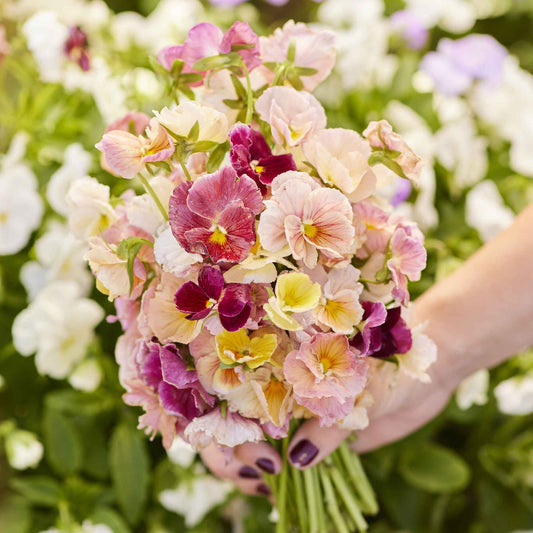
Pansy Seeds - Pastel Mix
Sweet and soft petals that are simultaneously durable and versatilePansy Seeds - Pastel Mix
Sweet and soft petals that are simultaneously durable and versatileRegular price $6.99Regular priceUnit price per -
main-collection-product-grid

Pansy Seeds - Swiss Giants Mix
Edible, with mild flavor, no two of these ornate blooms are exactly alikePansy Seeds - Swiss Giants Mix
Edible, with mild flavor, no two of these ornate blooms are exactly alikeRegular price As Low As $6.99Regular priceUnit price per -
main-collection-product-grid

Pansy Seeds - Rococo Mix
Elaborate colors and ruffled petals make this a favorite pansy for dryingPansy Seeds - Rococo Mix
Elaborate colors and ruffled petals make this a favorite pansy for dryingRegular price $6.99Regular priceUnit price per -
main-collection-product-grid

Pansy Seeds - Frizzle Sizzle Mix
Delightfully unique take on a traditional flowerPansy Seeds - Frizzle Sizzle Mix
Delightfully unique take on a traditional flowerRegular price $6.99Regular priceUnit price per -
main-collection-product-grid

Pansy Seeds - Swiss Giants Ullswater
Colbalt blooms marked with black faces are striking planted en massePansy Seeds - Swiss Giants Ullswater
Colbalt blooms marked with black faces are striking planted en masseRegular price As Low As $6.99Regular priceUnit price per -
main-collection-product-grid
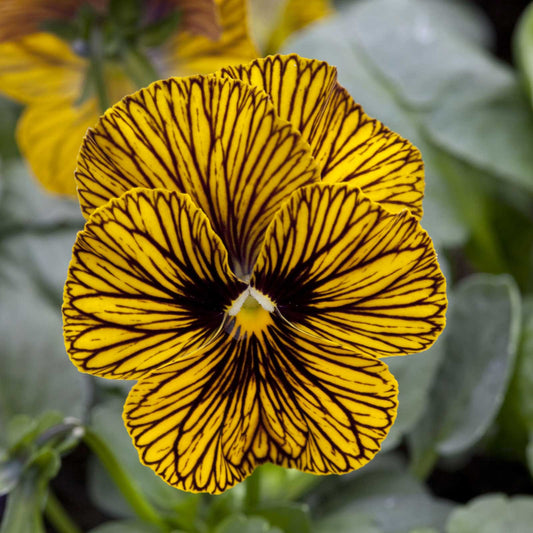
Viola Seeds - Tiger Eye Yellow
One of the most fragrant and uniquely colored viola cultivarsViola Seeds - Tiger Eye Yellow
One of the most fragrant and uniquely colored viola cultivarsRegular price $5.99Regular priceUnit price per -
main-collection-product-grid

Pansy Seeds - Swiss Giants Silverbride
A prolific (and tasty) bloomer, this heirloom variety readily reseedsPansy Seeds - Swiss Giants Silverbride
A prolific (and tasty) bloomer, this heirloom variety readily reseedsRegular price As Low As $6.99Regular priceUnit price per -
main-collection-product-grid
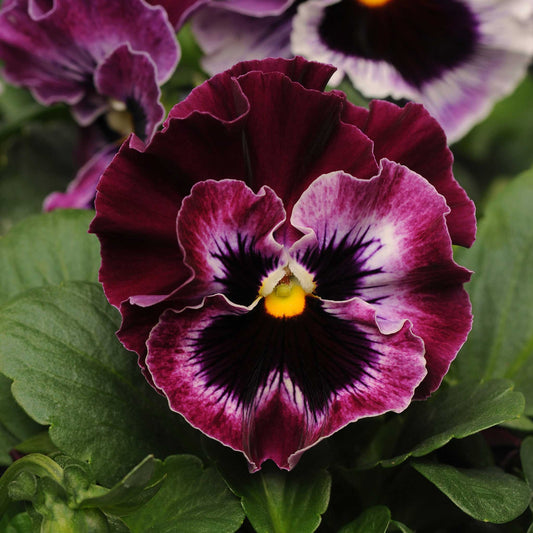
Pansy Seeds - Frizzle Sizzle Raspberry
Large and wide unique blooms with ruffles found on each petalPansy Seeds - Frizzle Sizzle Raspberry
Large and wide unique blooms with ruffles found on each petalRegular price $5.99Regular priceUnit price per -
main-collection-product-grid

Pansy Seeds - Swiss Giants Orange Sun
Unmarked like typical pansy 'faces,' this heirloom is perfect for containersPansy Seeds - Swiss Giants Orange Sun
Unmarked like typical pansy 'faces,' this heirloom is perfect for containersRegular price As Low As $6.99Regular priceUnit price per -
main-collection-product-grid
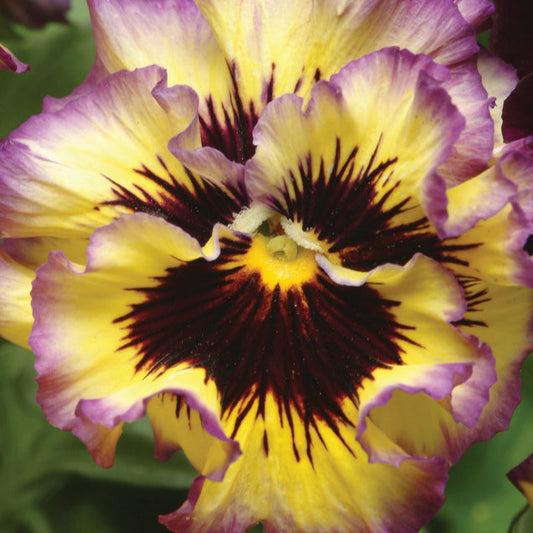
Pansy Seeds - Frizzle Sizzle Lemonberry
Eye-catching antique ruffles not seen in standard pansiesPansy Seeds - Frizzle Sizzle Lemonberry
Eye-catching antique ruffles not seen in standard pansiesRegular price $5.99Regular priceUnit price per -
main-collection-product-grid
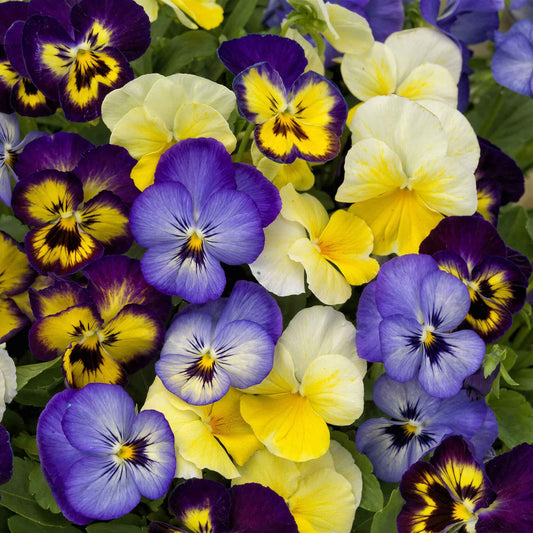
Viola Seeds - Colormax Lemonberry Pie Mix
Brilliant mix of large-faced, heat-tolerant violasViola Seeds - Colormax Lemonberry Pie Mix
Brilliant mix of large-faced, heat-tolerant violasRegular price $5.99Regular priceUnit price per -
main-collection-product-grid
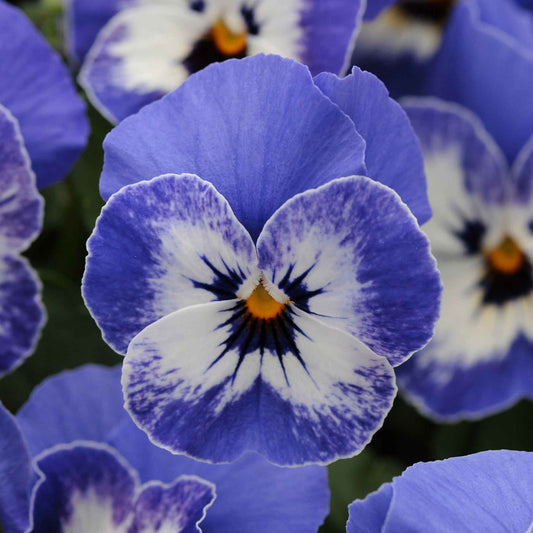
Viola Seeds - Sorbet XP Delft Blue
Edible petals make a gorgeous garnish in drinks and saladsViola Seeds - Sorbet XP Delft Blue
Edible petals make a gorgeous garnish in drinks and saladsRegular price $5.99Regular priceUnit price per -
main-collection-product-grid
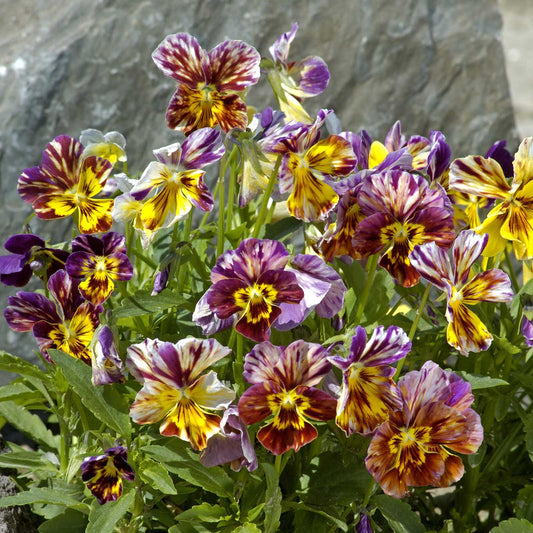
Viola Seeds - Brush Strokes
Cold-tolerant and hardy in zones 3 - 9Viola Seeds - Brush Strokes
Cold-tolerant and hardy in zones 3 - 9Regular price $5.99Regular priceUnit price per -
main-collection-product-grid
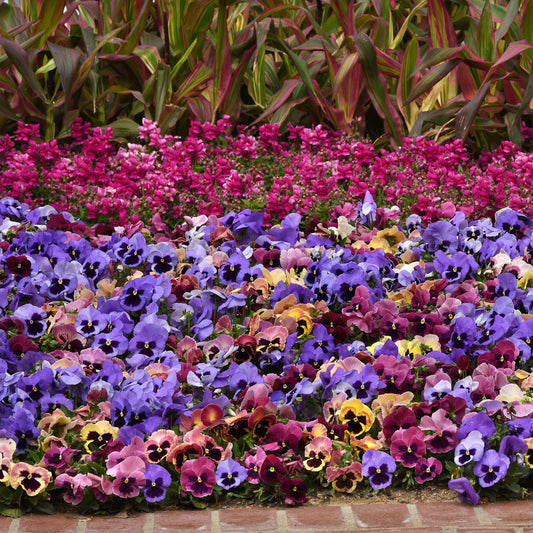
Pansy Seeds - Matrix Coastal Sunrise Mix
Most flowers per plant of any large-flowered pansyPansy Seeds - Matrix Coastal Sunrise Mix
Most flowers per plant of any large-flowered pansyRegular price $5.99Regular priceUnit price per -
main-collection-product-grid

Pansy Seeds - Swiss Giants Rhinegold
Early season, canary-yellow flowers will bloom until frostPansy Seeds - Swiss Giants Rhinegold
Early season, canary-yellow flowers will bloom until frostRegular price As Low As $6.99Regular priceUnit price per -
main-collection-product-grid
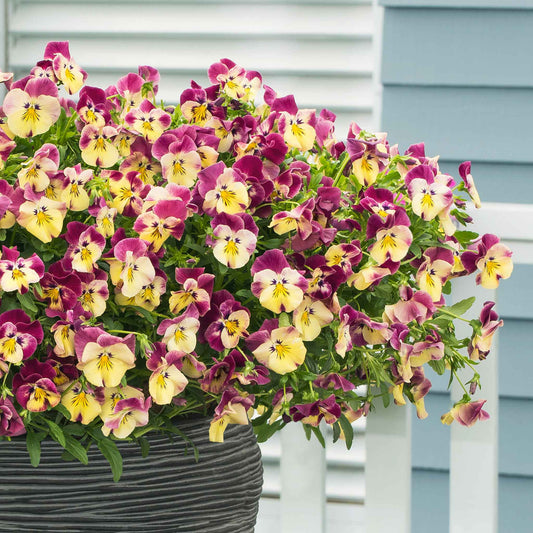
Pansy Seeds - Cool Wave Strawberry Swirl
Colors evolve as weather transitions from cool to warmPansy Seeds - Cool Wave Strawberry Swirl
Colors evolve as weather transitions from cool to warmRegular price $5.99Regular priceUnit price per -
main-collection-product-grid
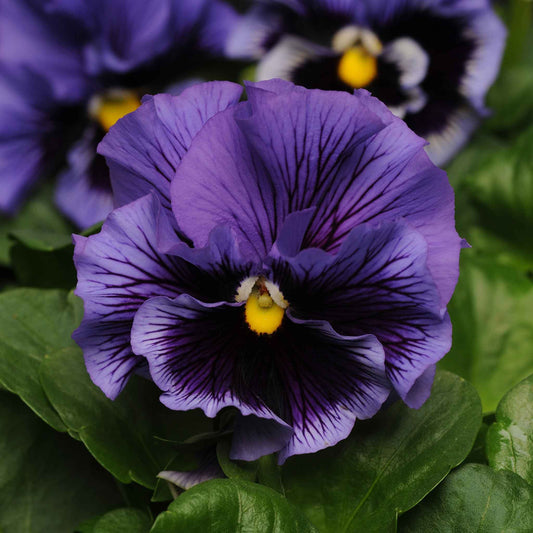
Pansy Seeds - Frizzle Sizzle Blue
Deeply moody colors are best appreciated when planted closePansy Seeds - Frizzle Sizzle Blue
Deeply moody colors are best appreciated when planted closeRegular price $5.99Regular priceUnit price per -
main-collection-product-grid
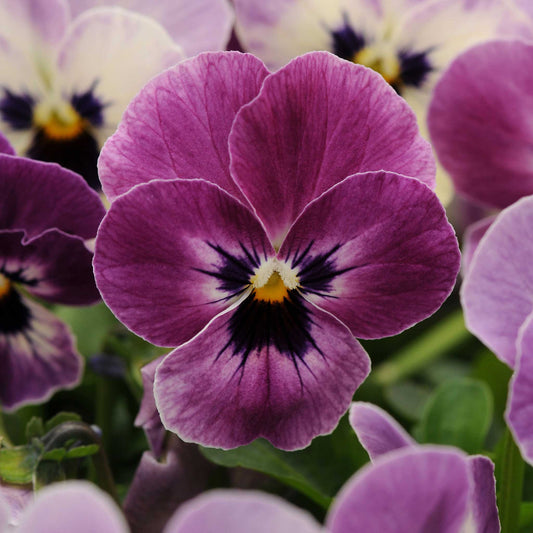
Viola Seeds - Sorbet XP Raspberry
Early blooming, hardy annual in zones 3 - 9Viola Seeds - Sorbet XP Raspberry
Early blooming, hardy annual in zones 3 - 9Regular price $5.99Regular priceUnit price per -
main-collection-product-grid
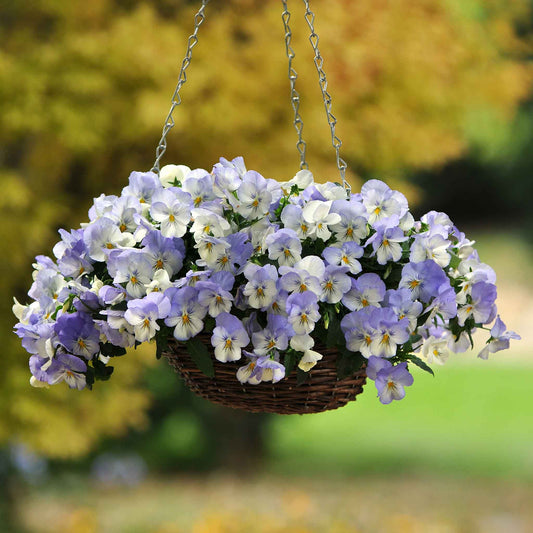
Pansy Seeds - Cool Wave Frost
A trailing pansy that changes color as it maturesPansy Seeds - Cool Wave Frost
A trailing pansy that changes color as it maturesRegular price $5.99Regular priceUnit price per -
main-collection-product-grid
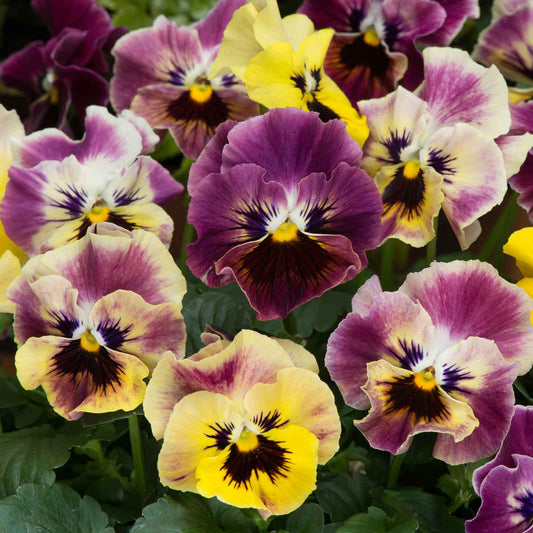
Viola Seeds - Frizzle Sizzle Mini Tapestry
Each bloom contains shades of purple, burgundy and yellow, providing a tapestry of colorViola Seeds - Frizzle Sizzle Mini Tapestry
Each bloom contains shades of purple, burgundy and yellow, providing a tapestry of colorRegular price $5.99Regular priceUnit price per -
main-collection-product-grid
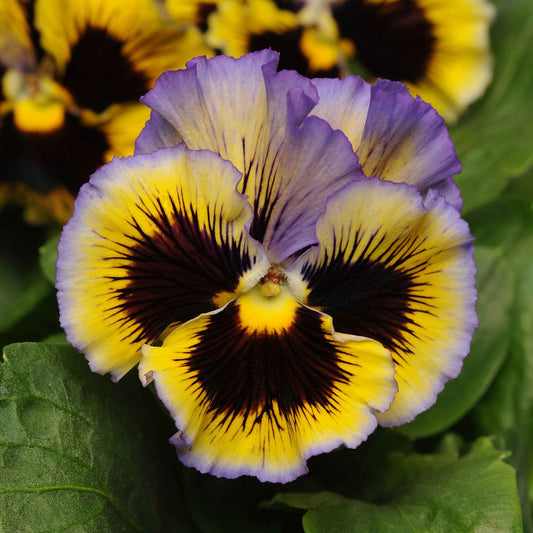
Pansy Seeds - Frizzle Sizzle Yellow-Blue Swirl
Highly ruffled and mildly fragrantPansy Seeds - Frizzle Sizzle Yellow-Blue Swirl
Highly ruffled and mildly fragrantRegular price $5.99Regular priceUnit price per -
main-collection-product-grid
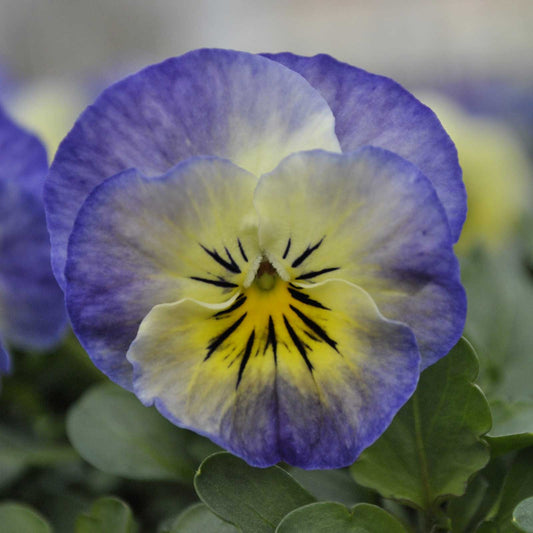
Viola Seeds - Sorbet XP Neptune
Effortless to grow, and still a striking variety that is sure to impressViola Seeds - Sorbet XP Neptune
Effortless to grow, and still a striking variety that is sure to impressRegular price $5.99Regular priceUnit price per -
main-collection-product-grid
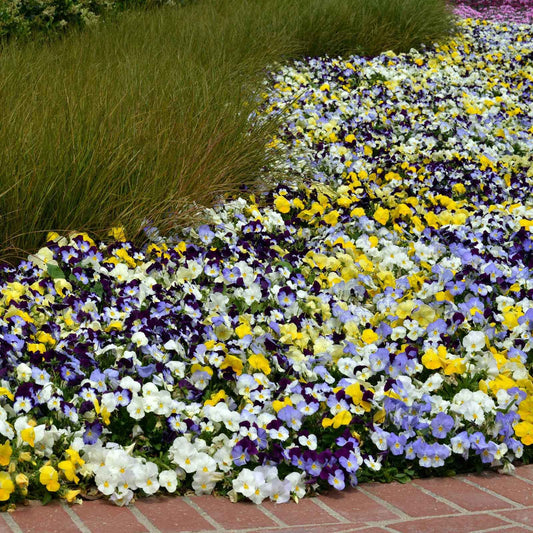
Pansy Seeds - Cool Wave Mix
Overwinters through USDA Zone 5Pansy Seeds - Cool Wave Mix
Overwinters through USDA Zone 5Regular price $5.99Regular priceUnit price per
Why we adore pansies
- 25 pansy seed varieties
- Fragrant, edible blooms are just perfect for cut flower gardens
- Great companion plant to other spring flowers
- Attracts native pollinators and benficial insects
pansy flower facts
There’s hardly a more cheerful garden tenant than the precious pansy. Pansies, whether they be petite Johnny Jump-Ups or violas in the Swiss Giant series, are a beautiful addition to any garden.
Pansies aren’t just cute—did you know the blooms are edible too? Viola flowers are the perfect garnish for a spring garden salad. Slightly spicy, the rainbow shades of these easy-to-grow wildflowers turn any dish into a work of art. Try the delicate petals candied, too!
Pansies are one of the easiest flowers to grow. These plants can be sown as biennials in temperate climates, often blooming through the winter and into spring. These cool-season flowers grow as perennials in some climates—and are known for self-seeding. One planting of pansies is sure to multiply, but there isn’t a better plant to sow as ground cover!
Even though pansies are delicious, deer tend to keep their distance, making violas a great companion plant or border plant for your eating garden. Pansies are fragrant, drought-resistant beauties that attract a host of native pollinators and beneficial insects. Sow some pansy seeds in your garden this year, and watch your fruits and vegetables produce even more than you thought they were capable of.
how and when to plant pansy seeds
Pansies take time to grow, so start seeds indoors at least 10 weeks before the last frost, or direct sow after the last frost in fertile, well-draining soil. Pansies benefit from partial shade in hotter climates and full sun in cooler climates. Cover pansy seeds with soil—they need darkness to germinate.
There is hardly a flower that is more content to grow anywhere as lovely violas. Plant in the field or in containers and watch pansies add a pop of color to any space.
Pansies make a lovely addition to cut flower arrangements! The bicolor and tricolor blooms in all shades of yellow, mahogany, purple, blue, and black make for striking filler and accent flowers in bouquets. To force pansies to stretch upwards and grow long stems, plant pansies three to four inches apart. Pinch off dead heads to keep more blooms coming.
Why not give pansies a go in your garden this year? Check out Eden Brothers’ Pansy Seeds Mix for the most variety, or pick out one (or more) isolated varieties like Swiss Giants Silverbride. You really can’t go wrong with pansies in your garden.
For more information about planting, growing, and harvesting pansy seeds, see the Pansy Seeds Planting Guide.























